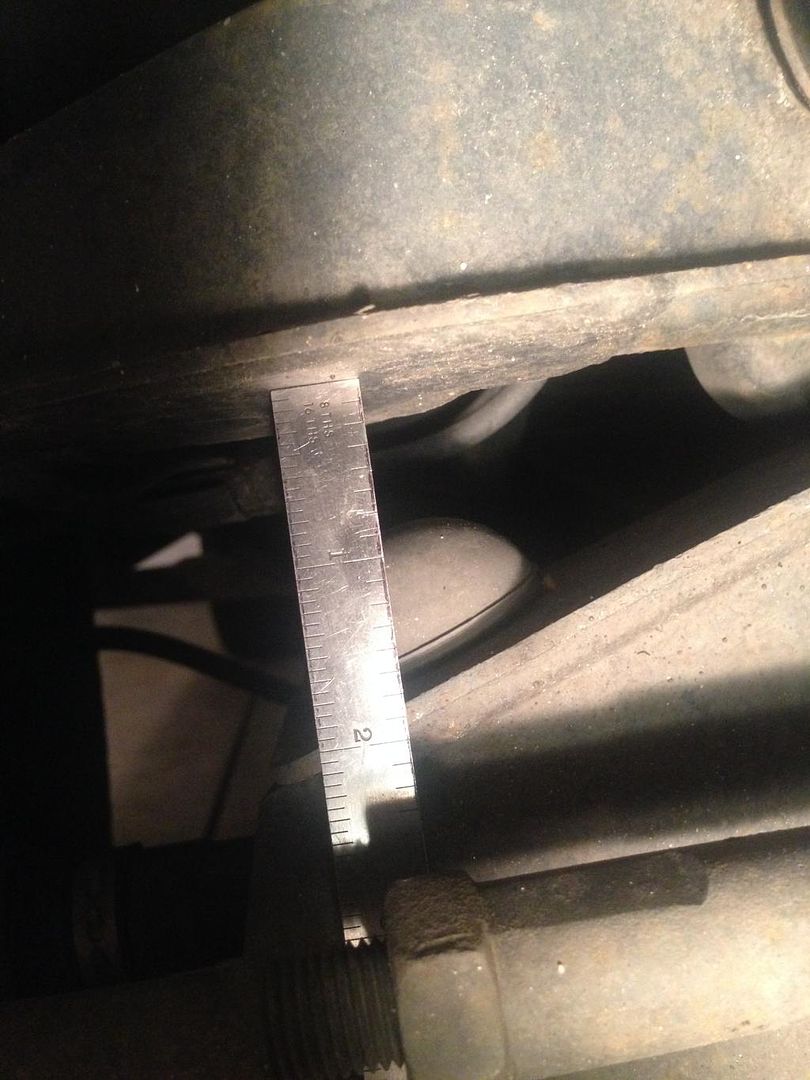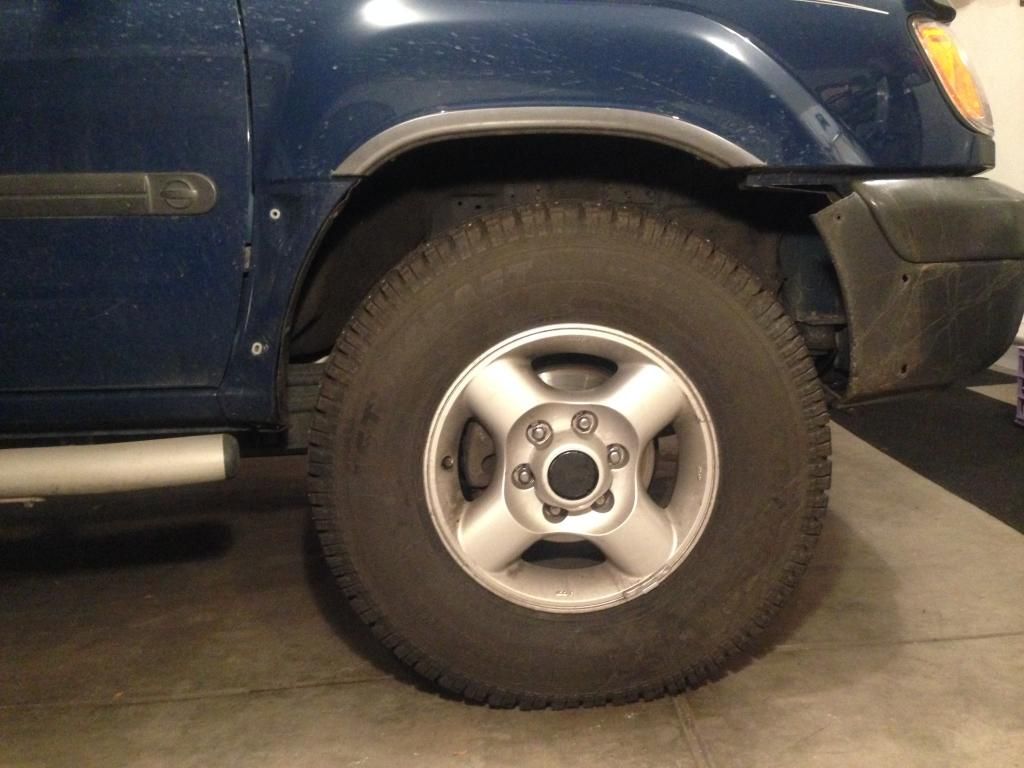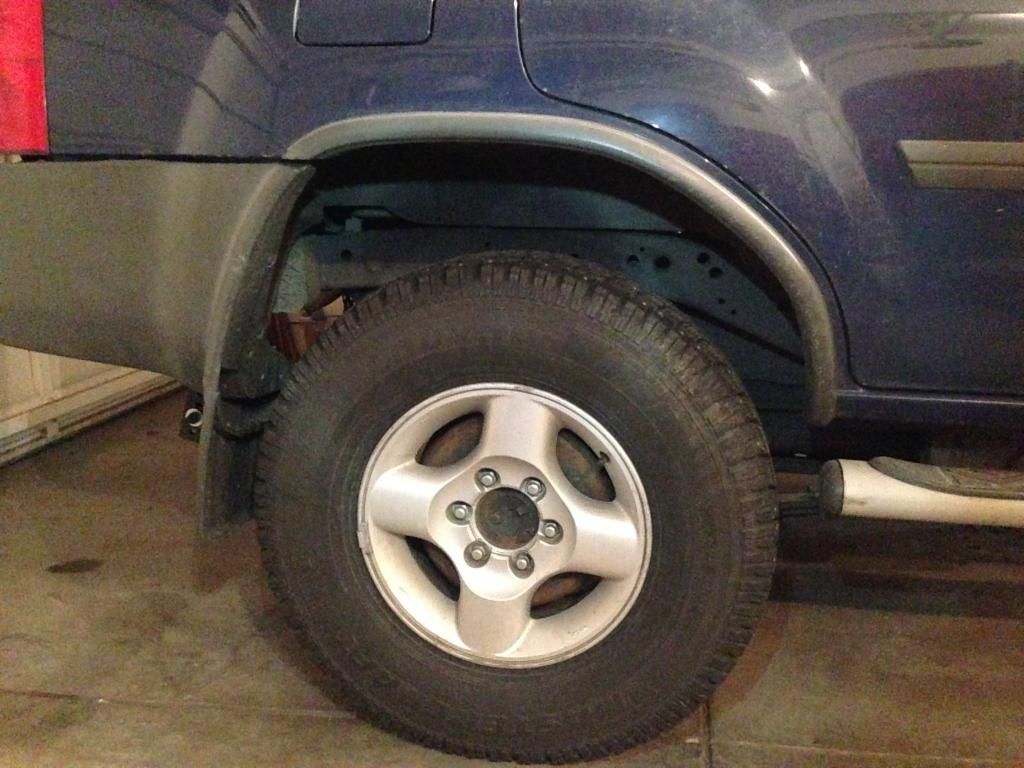spddm0n
Test Drive
- Location
- United States
I went under the truck yesterday to crank up the torsion bars and I found that sitting as it is...there is already only .5" of bump stop gap while the truck sits on the ground.
My question is...if I begin adjusting the torsion bars, will it immediately begin to reduce the bump stop gap or will the bars crank up a bit BEFORE the gap is reduced? I may not have any room to adjust at all. Weird.
The only thing I could think of is the previous owner cranked them up already and it has been slightly lifted all along.
Also, when measuring the bump stop gap, is this performed AFTER the truck is set back on the ground or while the front is still raised (tires still on the ground, but pressure off the suspension while cranking up the bars)?
Thanks!
Matt
My question is...if I begin adjusting the torsion bars, will it immediately begin to reduce the bump stop gap or will the bars crank up a bit BEFORE the gap is reduced? I may not have any room to adjust at all. Weird.
The only thing I could think of is the previous owner cranked them up already and it has been slightly lifted all along.
Also, when measuring the bump stop gap, is this performed AFTER the truck is set back on the ground or while the front is still raised (tires still on the ground, but pressure off the suspension while cranking up the bars)?
Thanks!
Matt



